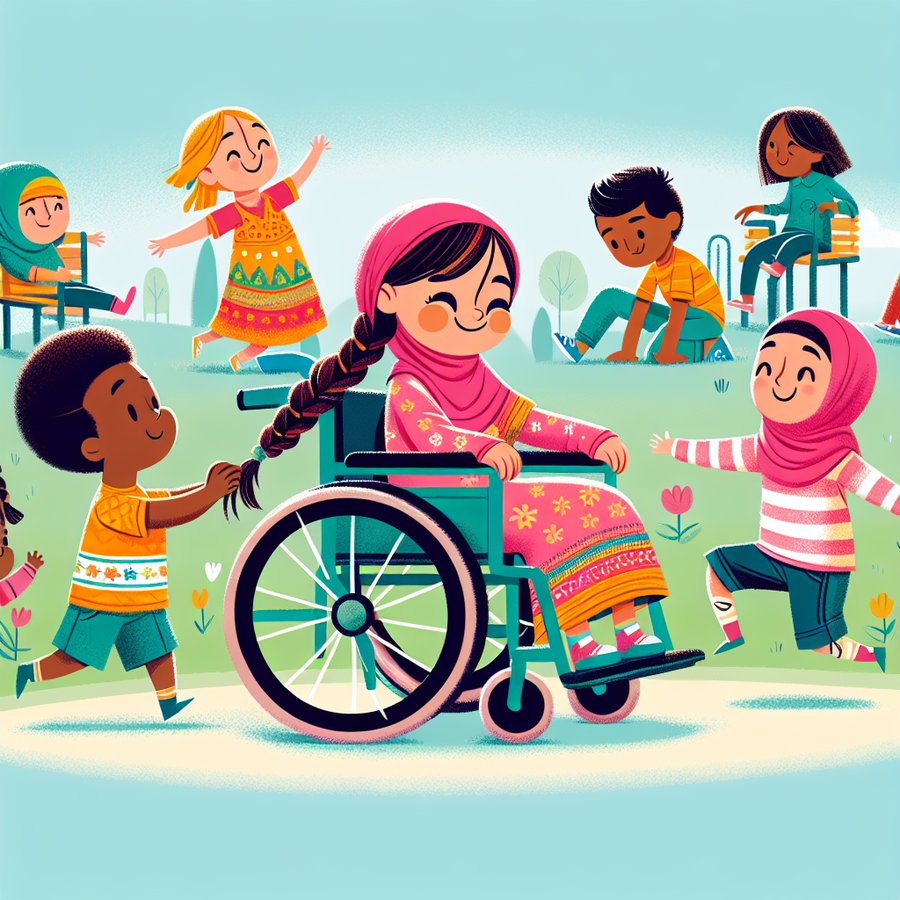Cerebral palsy in babies is a condition that many new parents may not know much about until it directly affects their family. It’s a neurological disorder that impacts movement, muscle tone, and posture, and it’s caused by damage to the developing brain, often before birth. Understanding cerebral palsy, its causes, symptoms, and ways to support your child can empower parents and caregivers to provide the best care for their little ones.
What is Cerebral Palsy?
Cerebral palsy is a permanent, non-progressive condition that affects body movement and muscle coordination. It can be caused by brain anomalies that occur while the baby’s brain is still developing either before birth, during birth, or in the early years of a child’s life. The term ‘cerebral’ refers to the brain, while ‘palsy’ indicates weakness or problems with using the muscles. Cerebral palsy is a broad diagnosis that can encompass a range of severity and symptoms, varying greatly from one individual to another.
There are several types of cerebral palsy, including spastic, dyskinetic, ataxic, hypotonic, and mixed, each with unique characteristics and challenges. Despite these challenges, many children with cerebral palsy lead fulfilling lives. Early detection and intervention are key to managing the condition effectively. For more detailed information, the Centers for Disease Control and Prevention (CDC) offers extensive resources on cerebral palsy.
What Causes Cerebral Palsy in Babies?
The causes of cerebral palsy in babies are diverse and can include genetic mutations, maternal infections, fetal stroke, lack of oxygen during birth, premature birth, and brain damage in early childhood. It’s essential to note that in many cases, the exact cause of cerebral palsy remains unknown. Understanding these causes can help parents and caregivers seek out the appropriate medical advice and support early in their child’s life.
Prenatal care and monitoring for potential risk factors are crucial steps in preventing the development of cerebral palsy. While not all cases can be prevented, awareness and medical interventions can sometimes reduce the risk.
How is Cerebral Palsy Diagnosed?
Diagnosing cerebral palsy involves a comprehensive evaluation of a child’s motor skills and a careful review of the child’s medical history. Neurologists, pediatricians, or developmental pediatricians may conduct various tests, including brain imaging techniques like MRI or CT scans, to diagnose cerebral palsy. Observing how a baby moves and reacts to certain stimuli can also provide essential clues to a diagnosis.
Early diagnosis and intervention are vital. They can significantly improve the quality of life for a child with cerebral palsy by enabling access to therapies and support that can help maximize mobility, independence, and overall health. To explore more about developmental milestones and when it might be time to seek a professional’s opinion, visit our article on developmental milestones.
Managing Symptoms and Supporting Development
Management of cerebral palsy focuses on supporting the child in achieving their fullest potential. This often includes physical therapy, occupational therapy, speech therapy, and sometimes medication to manage symptoms such as muscle spasticity. Each child’s treatment plan is unique, tailored to their specific needs and goals.
Adaptive equipment and technology can also play a significant role in supporting the independence of children with cerebral palsy. From walkers and wheelchairs to specialized communication devices, these tools can greatly enhance a child’s ability to interact with the world around them. For more insights into supporting your child’s development, consider reading about cognitive development and gross motor skills.
What to Do if Your Child Has Cerebral Palsy?
If your child has been diagnosed with cerebral palsy, it’s natural to feel a mix of emotions. Remember, you’re not alone. Connecting with other families who are navigating similar experiences can be incredibly supportive. There are numerous online forums, support groups, and organizations dedicated to helping families affected by cerebral palsy.
Moreover, focusing on what your child can do rather than what they can’t is crucial. Celebrate their achievements, no matter how small they may seem. Encouragement and positivity can make a significant difference in your child’s motivation and self-esteem. For practical tips on daily care and support, visiting feeding challenges and sleep issues might offer some valuable guidance.
In summary, cerebral palsy in babies presents unique challenges, but with the right support, information, and care, children with cerebral palsy can lead happy and fulfilling lives. By understanding the condition, its causes, and ways to manage symptoms, parents and caregivers can provide the best possible support for their child’s growth and development.













